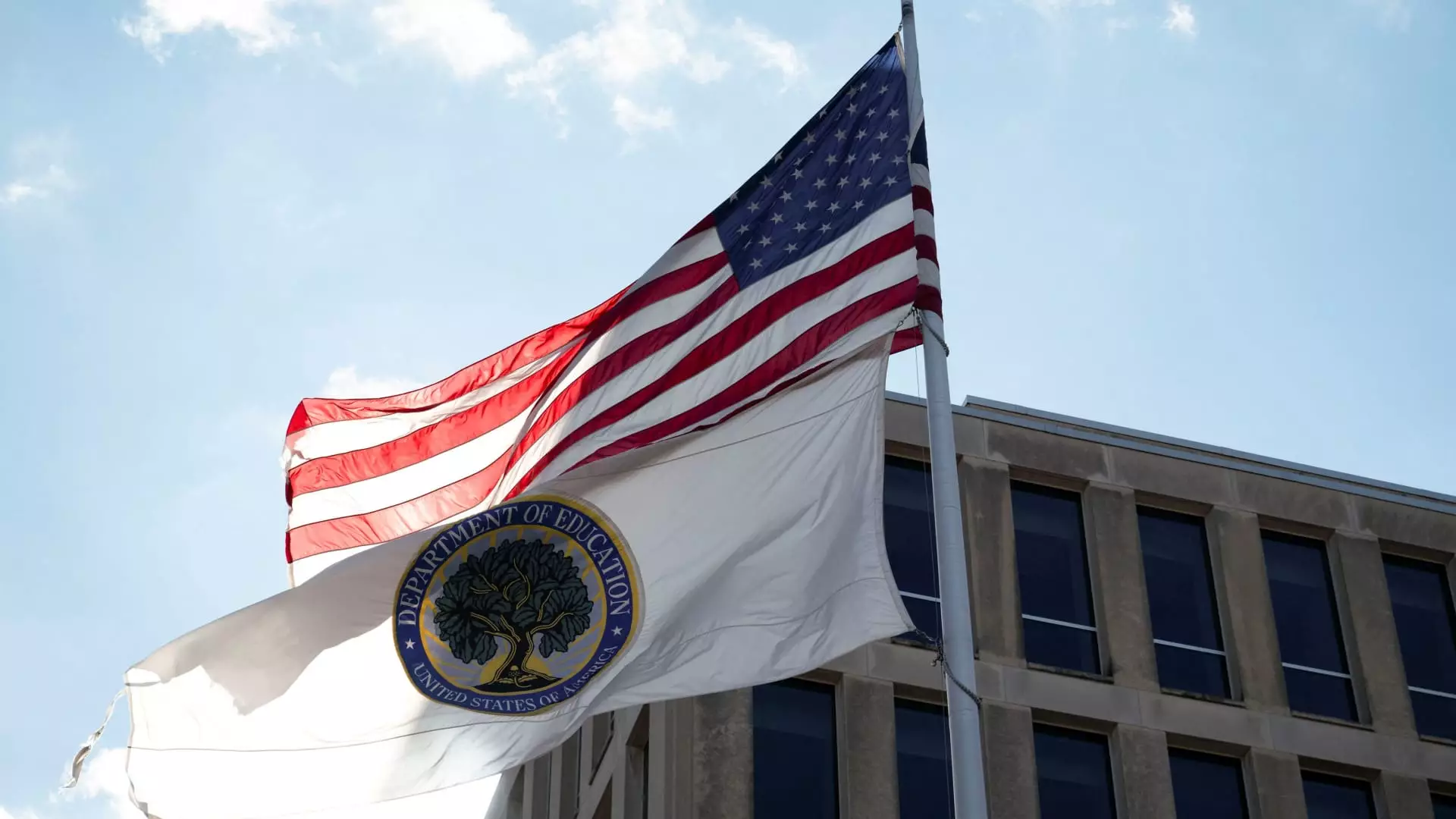The landscape of student loans in the United States is poised for tumultuous changes, especially amid considerations to dismantle the U.S. Department of Education under the Trump administration. For the 42 million federal student loan borrowers, apprehension is palpable, stemming from the department’s vital role in both underwriting federal loans and managing the staggering $1.6 trillion education debt that weighs heavily on the shoulders of American families. The implications of such a significant policy shift warrant a closer examination of the potential consequences both for borrowers and the future of higher education in the country.
Historical Context and Administrative Challenges
The U.S. Department of Education has faced many challenges in its existence since President Jimmy Carter established it in 1979. Efforts to eliminate or contract its functions have been a recurrent theme, with notable attempts from Ronald Reagan during his presidency and Donald Trump’s initiatives to consolidate it with the Department of Labor. History reveals an underlying tension surrounding the role of federal oversight in education financing, reflecting broader political ideologies regarding governmental intervention in economic matters. Despite these persistent threats, a majority of the public appears to maintain a favorable view of the department, suggesting that moves to obliterate it could provoke a substantial backlash.
According to recent polls, a significant majority—61% of likely voters—oppose the Trump administration’s potential use of executive orders to abolish the department, with only 34% in favor. This public sentiment places considerable pressure on policymakers, emphasizing that the ramifications of such actions could extend far beyond political maneuverings.
Experts warn of potential chaos resulting from the abrupt transfer of responsibilities that the Education Department currently oversees. As Betsy Mayotte, president of The Institute of Student Loan Advisors, notes, even if the department ceases to exist, borrowers are still bound by the terms of their loans. Such continuity does not necessarily equate to stability; indeed, transferring management to another agency—such as the Treasury Department or even potentially the Department of Justice—could exacerbate existing administrative shortcomings. Financial aid processes are already rife with complexities and delays; introducing a new oversight body could significantly hinder students’ access to loans, threatening their ability to pursue higher education.
Consumer advocates voice strong concerns about the possibility of privatizing federal student loans. The transition to a private lender system may strip borrowers of essential protections now guaranteed under federal loan agreements. Weakening regulatory oversight could lead to exploitative practices reminiscent of past financial crises, heightening the risk for students and families who depend on federal assistance.
The chaotic undertone of proposed changes can lead to disillusionment among students and families that rely on timely access to financial aid. Michele Shepard Zampini, a senior director focused on college affordability, articulates the precariousness that aspiring students could face: “People can’t go to college without student loans, unfortunately.” This highlights an urgent truth about the modern educational landscape—higher education is increasingly intertwined with the financial stability provided by reliable student loan structures.
Mark Kantrowitz echoes this sentiment, emphasizing that disruptions in the system could create significant delays. With many students already facing a challenging financial landscape, any additional barriers stemming from potential administrative changes would create an environment of uncertainty.
As the discourse surrounding the fate of the U.S. Department of Education intensifies, the primary concern must remain the well-being of borrowers grappling with enormous student debt. The potential ramifications of dismantling such a crucial institution extend far beyond administrative changes, affecting the lives of millions. Addressing the complexity of student loans requires thoughtful dialogue and responsive policy-making that prioritizes stability over disruptive reforms.
In contemplating the future, a commitment to maintaining robust support for students is essential. Policymakers must carefully weigh the implications of their actions, ensuring that any proposed shifts enhance rather than diminish the quality of education financing. The transition phase of education administration, if necessary, should focus on protecting and empowering borrowers rather than exacerbating their uncertainties, guiding them toward a more stable and educated future.

